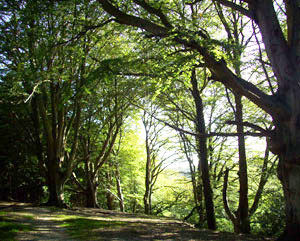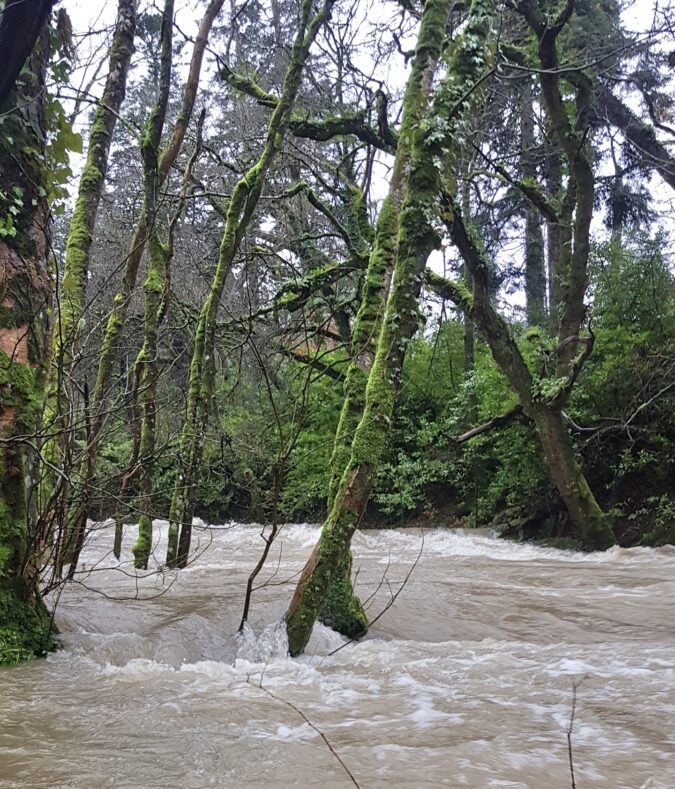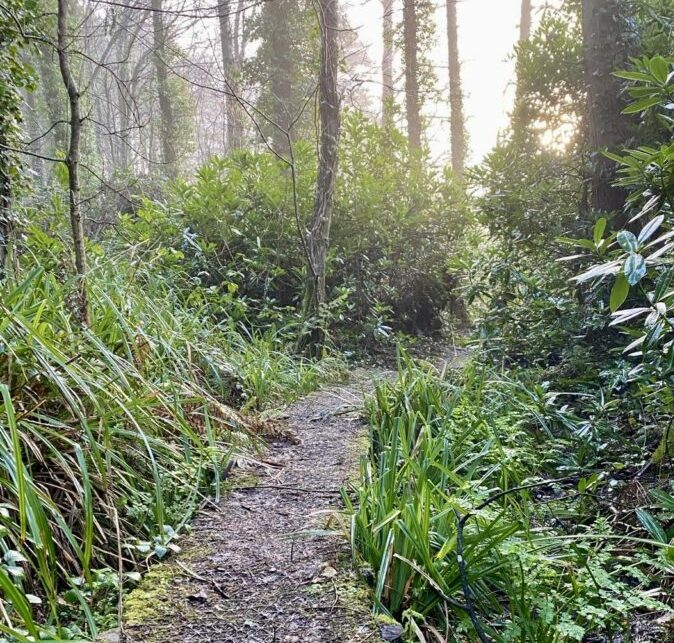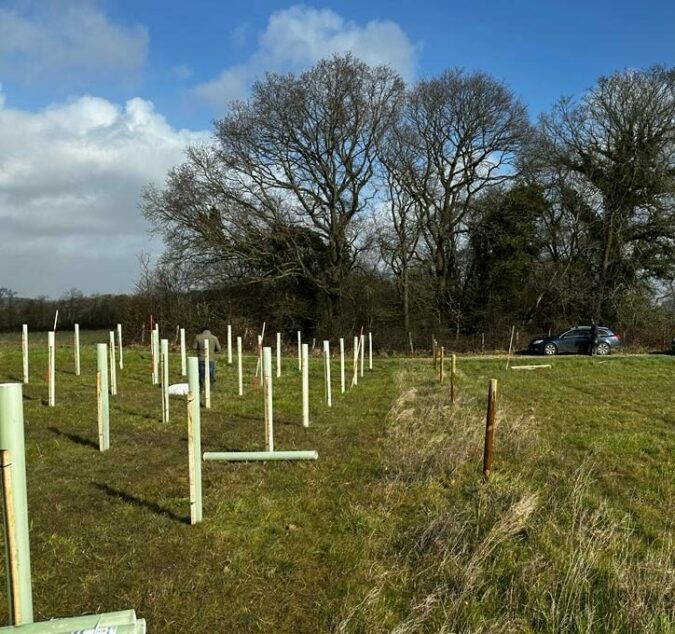Future proofing a woodland?

Woodlands provide us with number of benefits
- They supply softwoods and hardwoods, which have variety of uses.
- They provide a variety of habits for many species of wildlife, adding biodiversity to an area.
- They allow for a number of recreational pastimes.
However, we and our woodlands need to prepare and adapt to a changing climate, one in which winters may be milder and summers hotter and drier. Extreme weather events are also becoming more common. So woodlands need to be resilient. If they are resilient, then:
- They recover better from disturbances, like fire or disease
- Generally fare better when challenged by storms or floods.
 A number of government agencies have produced booklets / downloadable files (PDFs) on how to address the possible problems associated with the changing climate. The advice seems to fall into three basic categories.
A number of government agencies have produced booklets / downloadable files (PDFs) on how to address the possible problems associated with the changing climate. The advice seems to fall into three basic categories.
- Increase the range of trees in your woodland, promote diversity. Look for trees that not only match your site (soil, aspect etc) but also might cope with future climate conditions. If the climate is drier, then trees which have done well in the past might struggle in the new conditions. For example, beech was noticeably affected by the drought in the summer of 1976. Look for trees that can cope or unaffected by disease and insect pests and are from a reputable source and free of disease.
- Review the management of your woodland. For example, what and when to thin, create access and paths, openings or glades which can improve the diversity of the plants at ground level. Paths and openings will also improve access within your woodland.

Woodland path covered with mast
- When planting new trees, think about where the trees come from. What conditions do they are experience in their home environment, can they cope with drought. It may be that trees species that usually grow in more southerly areas of Europe will be better suited to the changing conditions.

As mentioned above there are a number of publications / guides to help with increasing the resilience and diversity of your woodland. Some of these are listed in the links below :
- The Climate Change Hub has a number of informative fact sheets and videos.
- Information about increasing species diversity from Natural Resources Wales.
- Improving structural diversity in woodlands from Natural resources Wales:
- Forest Research has produced a detailed practice guide on woodland management and climate change.
- The Government website has numerous links and publications, eg. Advice of new trees and woodlands in light of climate change.

The Climate Change Hub tool for tree selection was very very helpful
Martin Severs
25 October, 2025